A lesson from Formula 1: Using data is a winning strategy
by Ian Clatworthy, Hitachi Vantara | Venture Beat
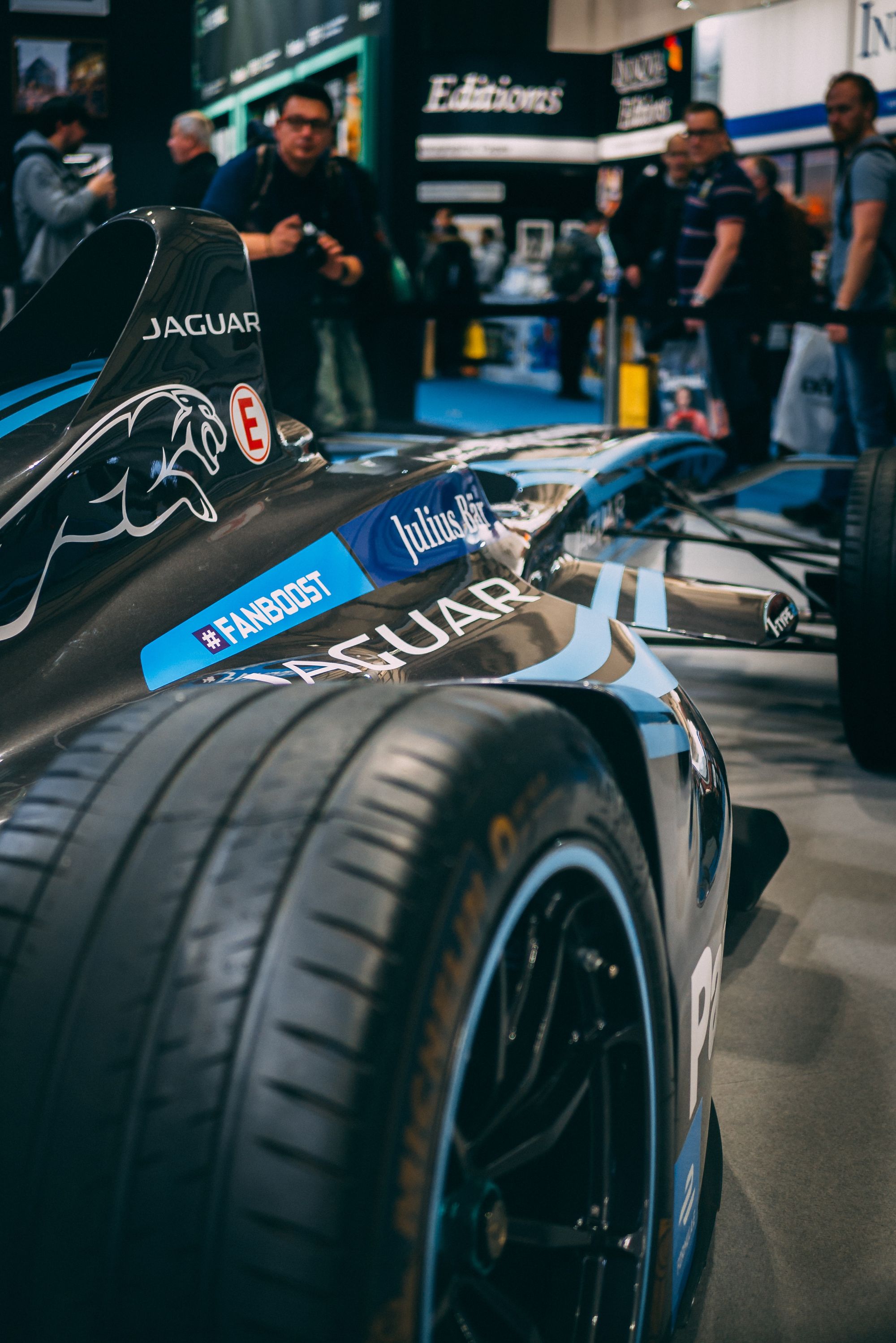
For the first time ever, Formula 1 Grand Prix cars will be racing through the heart of Sin City on the Las Vegas Strip in a historic event running Nov. 16 to 18 — and I could not be more excited.
I spent just shy of 10 years working in motorsports, first with Mitsubishi Ralliart, for which I got to travel the world and experience the birth of bringing IT services to engineers on the ground at rally events, and then with Honda Racing, one of the biggest names in Formula 1.
AR’s Next Conquest: Mapping & Navigation
by Mark Boland | AR Insider
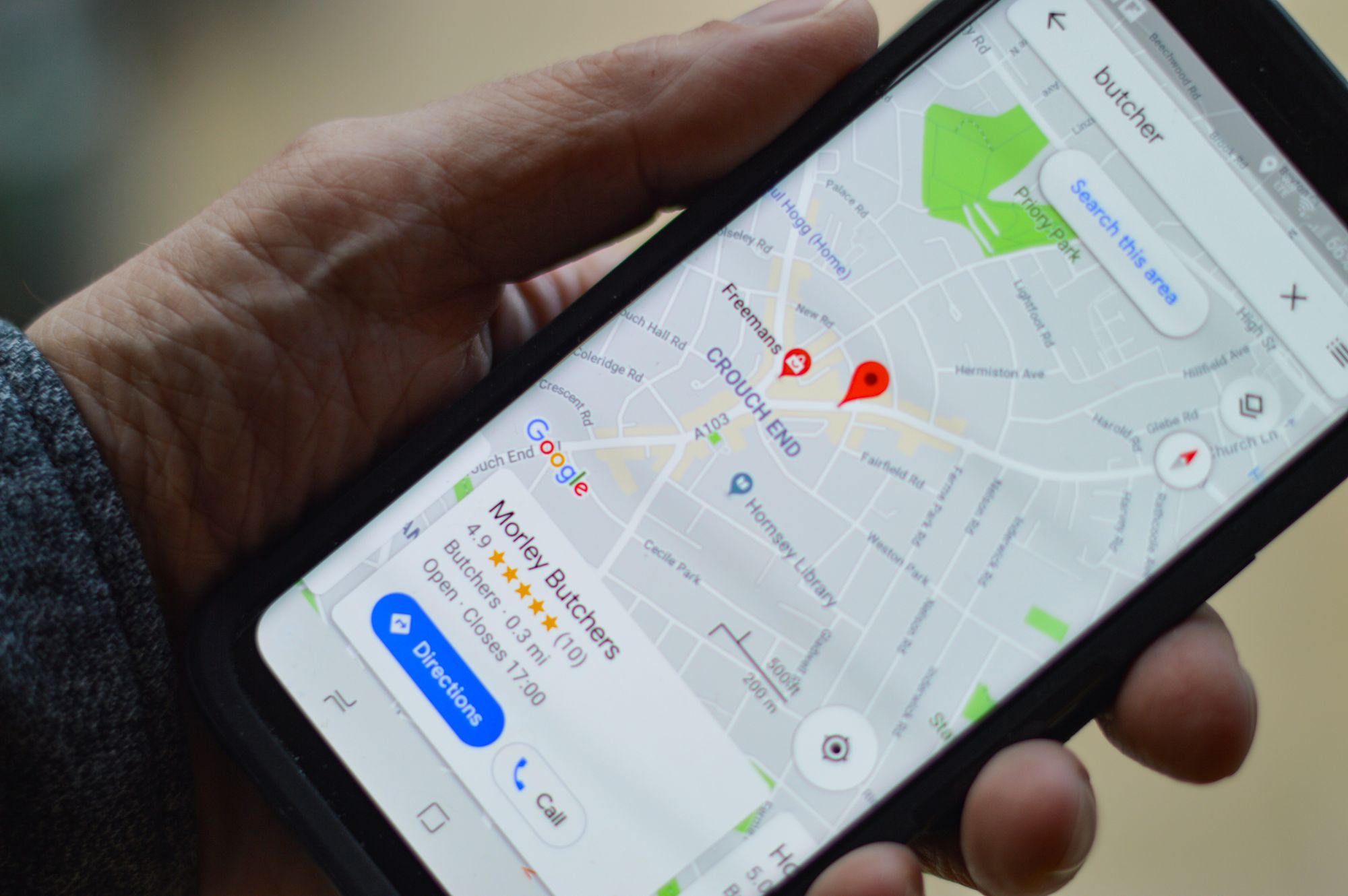
Online mapping continues to see a barrage of new features. This is driven by Google’s lead, as well as Apple’s escalating challenges to that lead. The result is early-stage-like feature rollouts, including lots of AI and AR, which is rare for a product that’s somewhat mature.
The latest in this feature arms race comes from Google, which recently announced a range of functional updates. If there’s a theme to extract, it’s more underlying data and AI-fueled automation to help users both navigate and find local businesses that pair with their needs.
Some of these are new features, some are updates (or geographical expansions) and others are the official launch of features previewed at recent Google events. Let’s take them one at a time, including new features that rest firmly on AI, visual search, and 3D navigation.
UNLV students speed towards high-tech future by building tiny, autonomous race cars
By Lisa Sturgis | Fox 5 Vegas
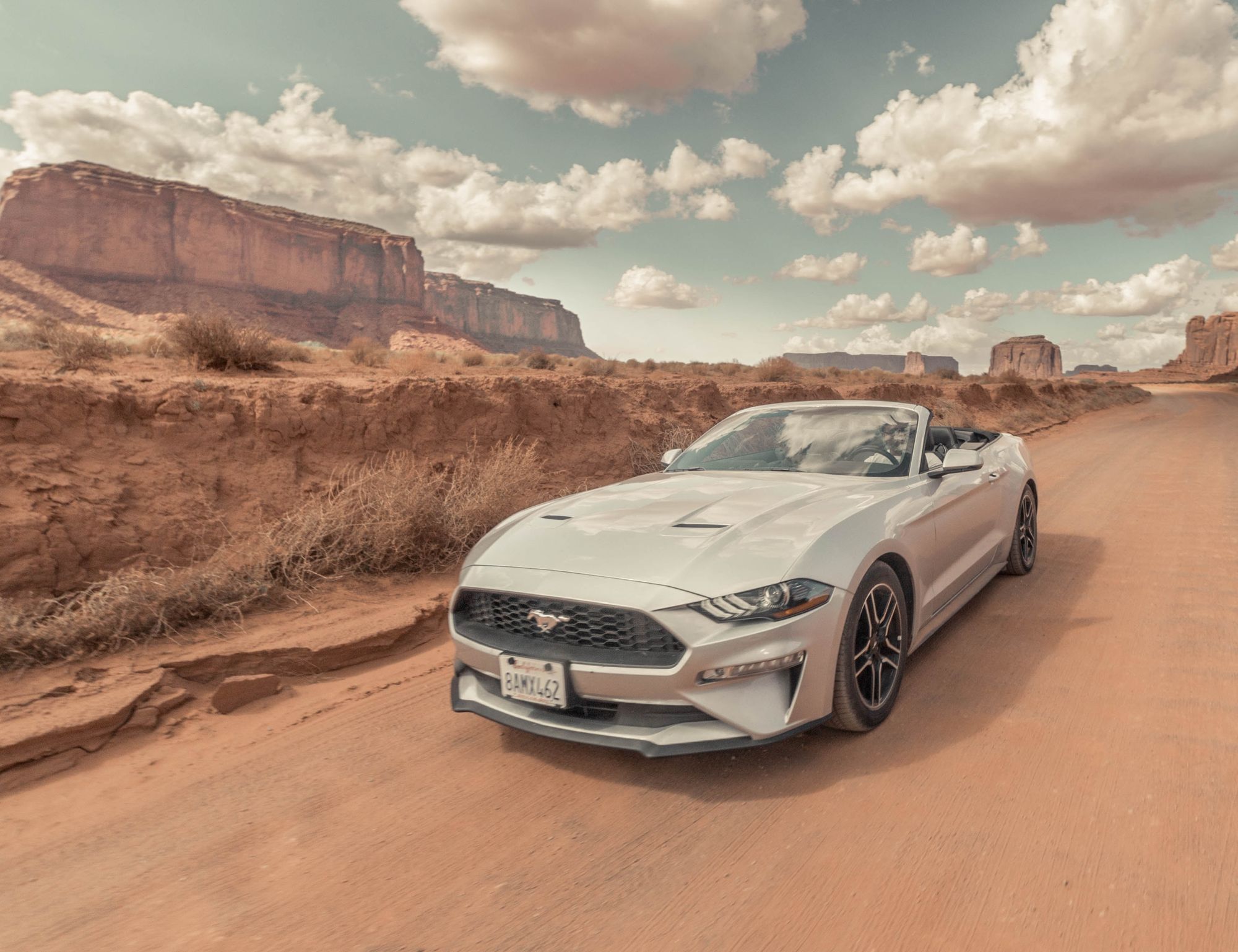
LAS VEGAS, Nev. (FOX5) - It won’t be long until F1 race cars are roaring around Las Vegas, but some far smaller vehicles are already speeding in the classroom at UNLV.
Computer science students are building cars and skills in a unique course with exciting, real-world applications. They recently took FOX5 along for a test drive.
“You have a car that’s a tenth of the size of an actual F1 car, and you race it around a track in these international competitions and the goal is to maximize safety, but also maximize speed,” explains graduate student Breanna Geller.
“It’s fun to go fast and break things and so here we have the chance to go fast, maybe break something, and we’ll put it back together and get it going fast again,” added computer science professor Chuck Tessler.
🌙 NASA - Best Photo from Last Week
NASA Sounding Rocket Launches into Alaskan Aurora
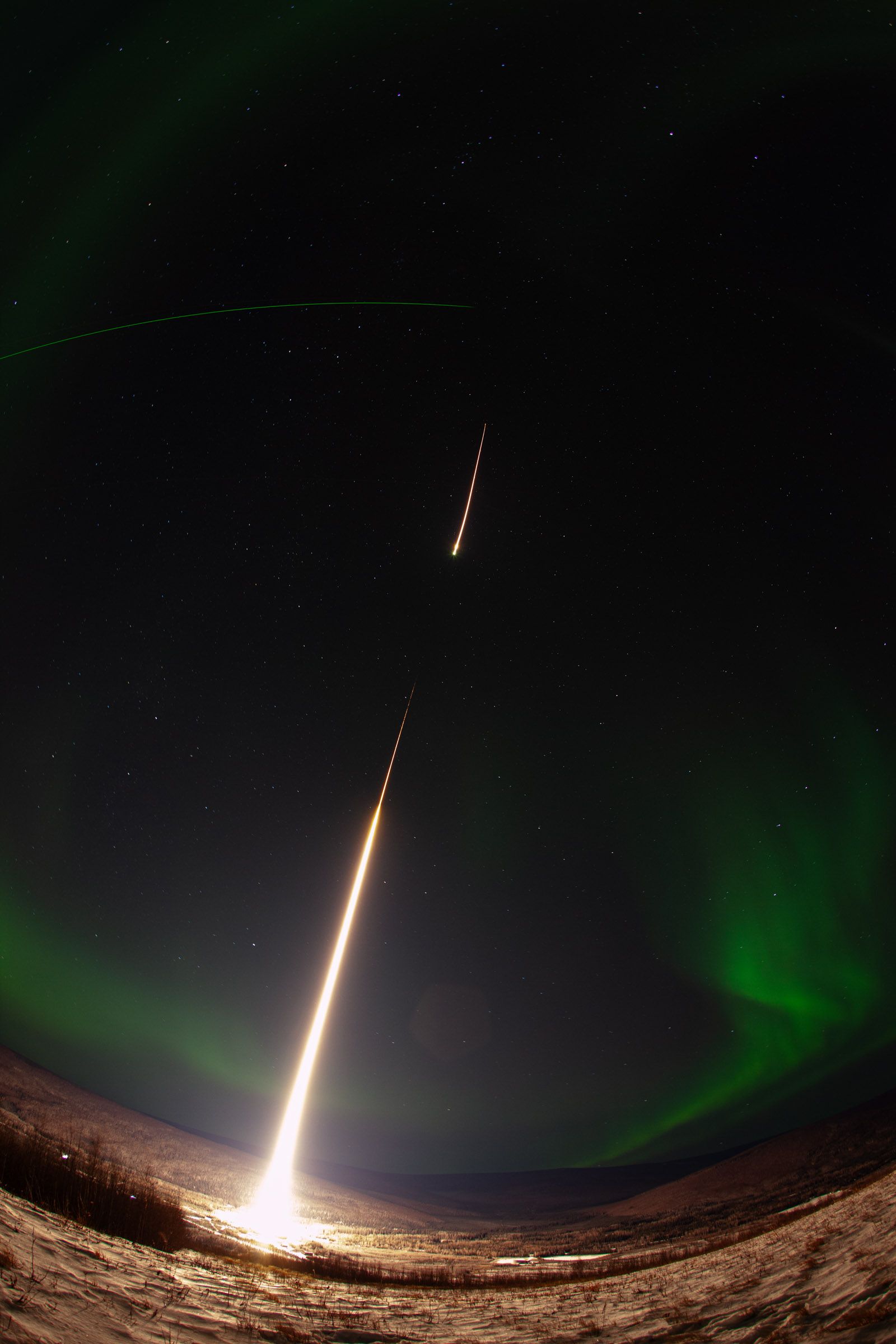
A sounding rocket launched from Poker Flat Research Range in Fairbanks, Alaska, Nov. 8, 2023, carrying NASA’s Goddard Space Flight Center’s DISSIPATION mission. The rocket launched into aurora and successfully captured data to understand how auroras heat the atmosphere and cause high-altitude winds.
The teams continue to support a second sounding rocket launch for BEAM-PIE, a mission for Los Alamos National Laboratory that will use an electron beam to create radio waves, measuring how atmospheric conditions modulate them. The data is key to interpreting measurements from many other missions.
NASA’s Sounding Rockets Program, funded by NASA’s Heliophysics Division, is managed at the agency’s Wallops Flight Facility in Virginia, under NASA’s Goddard Space Flight Center in Greenbelt, Maryland.
Photo Credit: NASA/Lee Wingfield

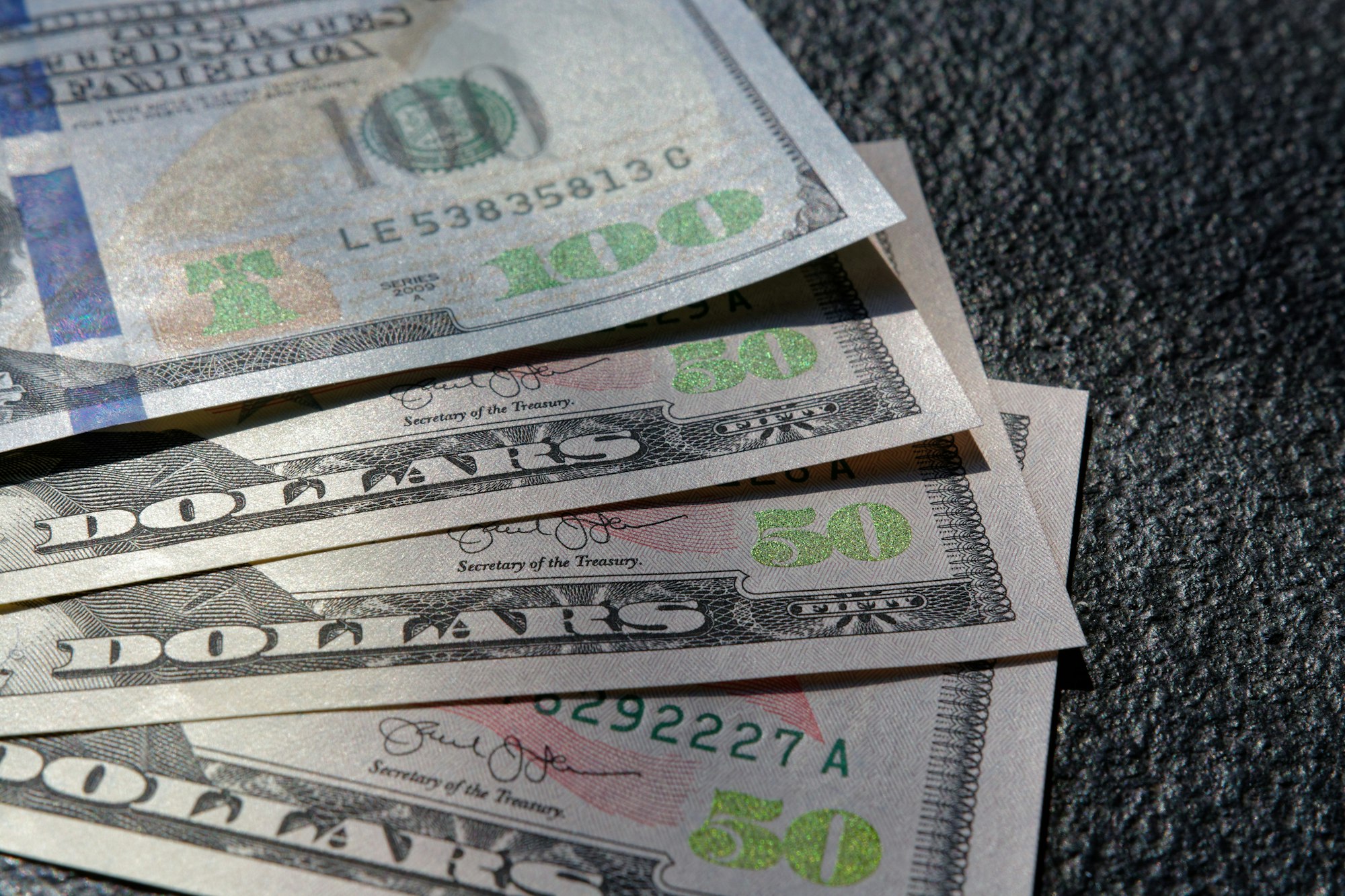
Disclaimer: None of the content in this newsletter is meant to be financial advice. Please do your own due diligence before taking any action related to content within this article.
Disclaimer: Unbound is reader-supported. When you buy through links on our site, we may earn an affiliate commission.






